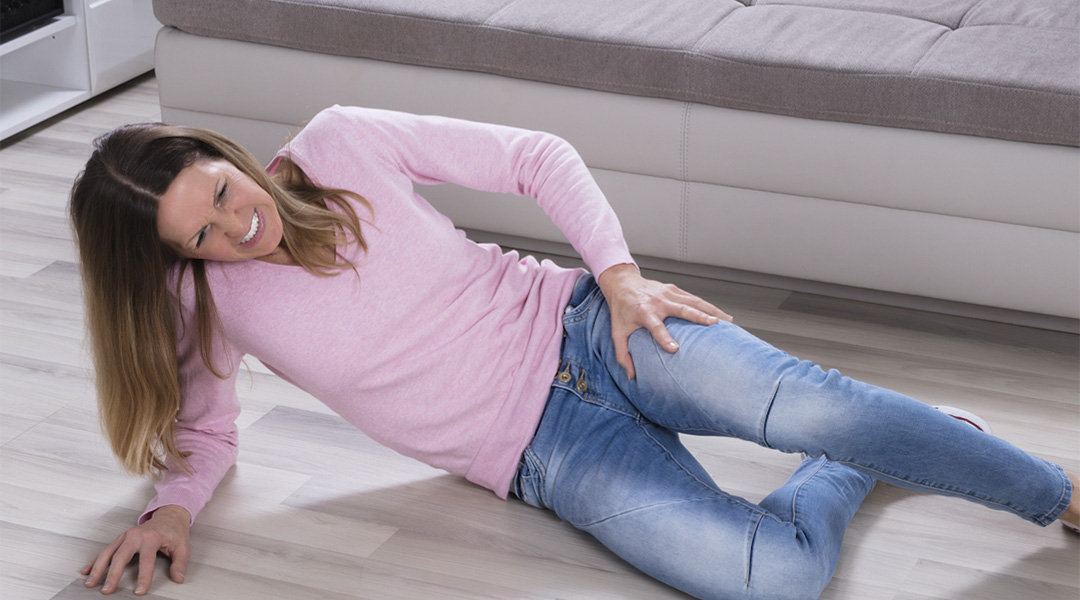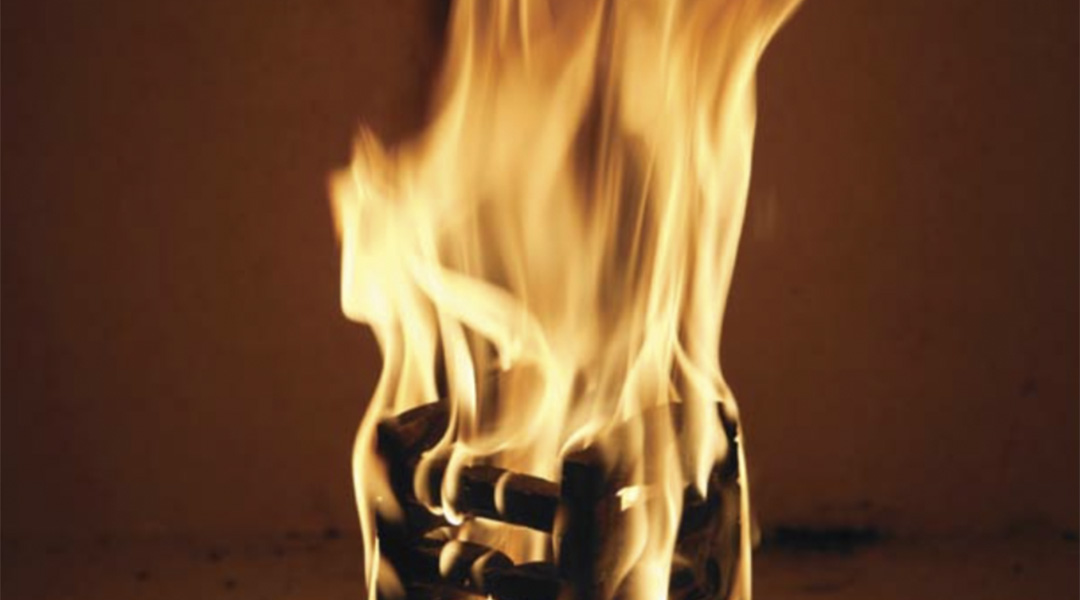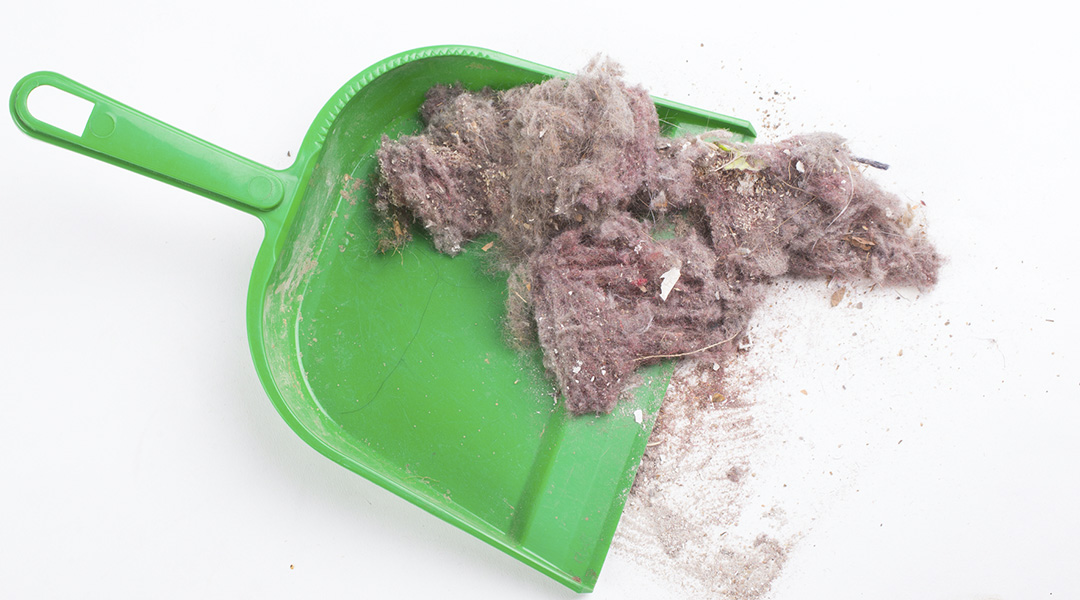Safety at Home
Safety at Home

Volatile Organic Compounds (VOCs)
Carpet generally covers a large area within any room in the home, and as with all other flooring, chemicals are used in the manufacturing process. Volatile Organic Compounds (VOCs) can therefore sometimes be released and affect Indoor Air Quality (IAQ). However, any carpet meeting the stringent GUT test criteria will not adversely contribute to IAQ issues through VOC emissions, carpets are a perfectly safe flooring to choose and will not pose any health risk even when they are brand new.

Slip
Flooring can be a risk factor for slips and falls, especially in high traffic areas like lobbies, shops, restaurants, airports (including access piers to aircraft), etc.
■ Older people are more fragile. When designing homes or rooms for the elderly it is important to reduce the risk of slips and falls as much as possible.
■ Potential injuries: for example, approximately 15,500 injuries requiring hospital treatment occur in the UK each year as a result of falls caused by slipping on wood floors.
Carpet eliminates slipping hazards. This is an essential requirement for obtaining the CE-mark.
Compared to other floor coverings, carpet has not only the lowest number of falls, but also the lowest risk of causing a fracture.

Carpets and Alllergies
Fine dust and dust mites
House dust mites and their pellets have been held responsible for many years for causing certain allergies and asthma. Research has found that much of this is myth, and dust mites are often only one part of the cause of certain allergies. It has been found that to thrive, dust mites need a narrow temperature and humidity range and that by providing well ventilated areas which are cleaned properly, they will simply not survive.
An allergy is the over reaction of the immune system to some substances. Generally the belief is that it is caused by synthetic chemicals, however it is more usually due to natural substances, specifically proteins from pollen, food stuffs or bee stings and often the hair of cats, dogs and horses. In the EU roughly 1 in 4 people are affected by an allergy, and carpet is often blamed as the cause.
In fact, carpet can help to reduce the effects of Allergies and Asthma as they harbour significantly fewer dust mites than bedding and upholstery; comparative studies show that carpets in offices harbour significantly fewer dust mite allergens than in bedrooms; increased insulation in homes lowers air renewal and concentrates indoor allergens; carpets trap dust which can be removed by effective vacuuming.
Fine dust can provoke an allergic reaction and has been found to be much more common in houses with hard flooring than in those with carpet. When carpet is used, there are fewer dust particles in the air and those their are can easily be removed by thorough vacuuming and ensuring there is good ventilation. Carpets will prevent any dust or other particles becoming airborne and therefore improve the quality of any allergy sufferers.

Flameretardants (FR-chemicals)
In the event of a fire, a carpet should not contribute to the spread of flame, nor should it add to the density of smoke produced. It should therefore be able to withstand flame and heat for a defined period of time in order to allow any occupants to escape or be rescued safely. Which FR-chemicals are used by the EU-carpet industry and why do most of the carpets not need any FR-chemicals at all…
